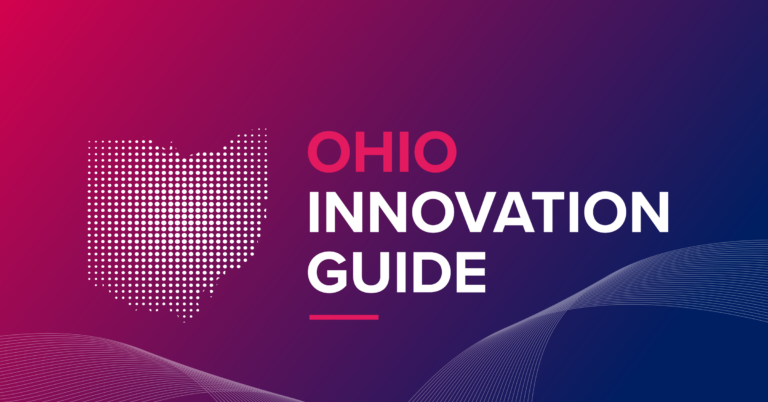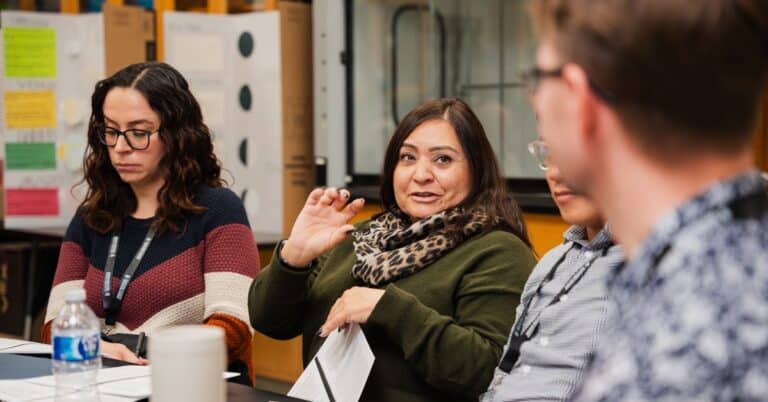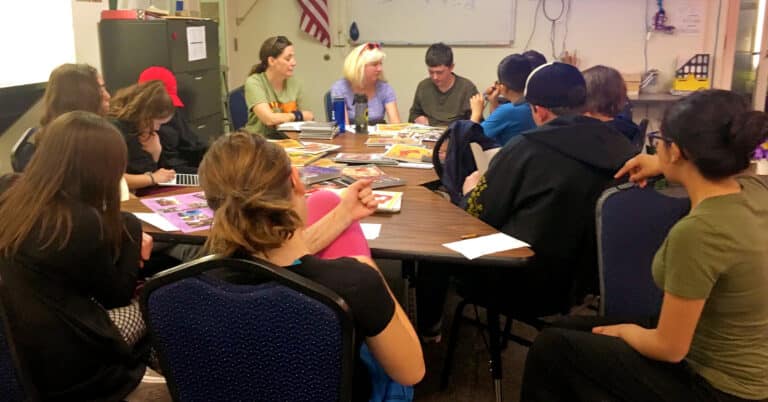Guest post by Nia Baucke
When New York Times writer David Brooks announced to his class that he would need to cancel office hours to deal with personal issues, he was surprised to receive emails back from students expressing their thoughts and prayers. That vulnerability, he says in his recent article, “Students Learn from People They Love”, changed the tenor of his seminar for the remainder of the semester. His emotional openness created a connection more meaningful than the usual top-down, student-teacher relationship.
The research is clear: emotions and connections, both positive and negative, impact a student’s ability to learn. Fear, Brooks says, makes it hard for children to change their mind as context changes. “Even when conditions are ideal, think of all the emotions that are involved in mastering a hard subject like algebra: curiosity, excitement, frustration, confusion, dread, delight, worry and, hopefully, perseverance and joy.”
“And students have got to have a good relationship with teachers,” says Brooks.
But how can we ensure that educators create an environment where students can safely navigate through all those emotions? And how do we create spaces for educators to be vulnerable enough to create a level of meaningful connectedness with their students?
Brooks suggests that there is a way to address the need for relationship quality in schools: making social-emotional learning practices, the “way we do school.”
He’s right. That’s why schools like Independent School District #192 in Farmington, Minnesota, are working to develop learning experiences that support taking risks, making mistakes and failing forward in a safe space.
Read how other schools are incorporating social-emotional learning practices in “Four Strategies for the Successful Integration of Social-Emotional Learning and Personalized Learning.”
It’s time for all of us to start thinking about ways to hone in on the importance of positive emotions and meaningful connections in school.
“When you start thinking this way it opens up the wide possibilities for change,” says Brooks.





